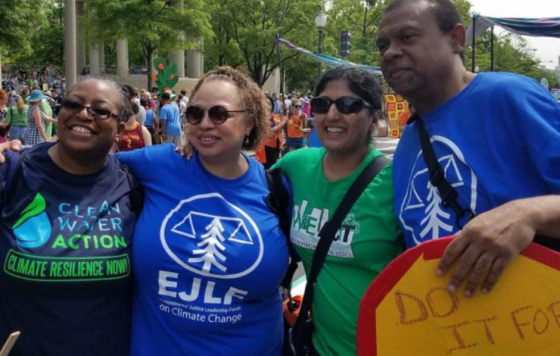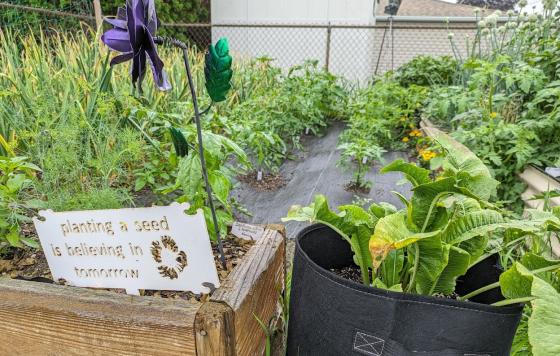
As we take time during Black History Month to reflect on many important individuals and events that have contributed so much, it is also important to understand the connection between Black History and the Environmental Justice (EJ) movement.
As we commemorate Black History Month, it's essential to explore the intersection of environmental justice (EJ) and restorative justice, reflecting on the past struggles and envisioning a future rooted in healing and equity. Restorative justice, within the context of Black history, encompasses not only addressing historical injustices but also reclaiming agency over our communities and environment.
Throughout history, Black communities have faced systemic oppression and environmental racism, from the dumping of toxic waste in neighborhoods to the disproportionate siting of polluting industries. These injustices have resulted in generational harm, perpetuating cycles of inequality and environmental degradation. However, the principles of restorative justice offer a pathway towards healing and transformation.
Restorative justice acknowledges the interconnectedness of social, environmental, and economic factors, recognizing that true justice requires addressing root causes and repairing harm. In the context of environmental justice, this means centering the voices and experiences of impacted communities, holding polluters accountable, and implementing solutions that prioritize equity and sustainability.
Black history is rich with examples of resilience and resistance, from the civil rights movement to contemporary grassroots activism. Black women have been instrumental in shaping the EJ movement. Pioneers like Dr. Beverly Wright, an environmental justice scholar and founder of the Deep South Center for Environmental Justice, have pioneered research on environmental and health disparities. Their work highlights the disproportionate impact of pollution on communities along the Mississippi River Chemical Corridor, shedding light on environmental racism's far-reaching consequences.
Today, communities are reclaiming their power through grassroots EJ initiatives, advocating for policies that protect the most vulnerable and demanding restitution for past harms. The enactment of New Jersey's Environmental Justice Law (2020) and the victories of grassroots EJ groups exemplify the progress made towards restorative justice in the environmental realm.
(Photo: L/R - Kim Gaddy National Environmental Justice Director, Vernice Miller Travis, Clean Water Action Board Member and other event attendees)
The role of grassroots EJ groups extends beyond advocacy to community building and organizing. By mobilizing residents, amplifying marginalized voices, and building coalitions, these groups empower communities to challenge oppressive power structures and advocate for systemic change. Through initiatives like the National Environmental Youth Advisory Council (NEYAC), young organizers are leading the charge in addressing environmental injustices and envisioning a more just and equitable society. Asada Rashidi, an Environmental Justice Organizer with South Ward Environmental Alliance (SWEA), Newark, NJ, is a dedicated member of NEYAC, contributing her insights and expertise to the council's discussions. For her amazing efforts in the Garden State, Asada received Clean Water Action’s 2022 New Jersey “Rising Star” award. NEYAC members like Asada offer critical perspectives on how climate change and other environmental harms affect youth communities, ensuring that the voices and concerns of young leaders are central to EPA's decision-making processes.
The fight for restorative justice is far from over. Polluters continue to profit at the expense of Black and marginalized communities, perpetuating environmental injustices and exacerbating health disparities. The recent discovery of lead components in Newark's water pipes, despite previous efforts to address lead contamination, underscores the ongoing struggle for environmental justice in marginalized communities. Mayor Ras Baraka's revelation of improper pipe replacement highlights systemic failures and the need for accountability. Residents rightfully demand swift action and assurances of water safety, emphasizing the urgency of addressing environmental injustices.
This incident serves as a reminder of the ongoing fight for environmental justice and the need for continued advocacy and empowerment of affected communities. To achieve true restorative justice, we must confront systemic inequities, dismantle oppressive systems, and build sustainable, regenerative communities.
As we celebrate Black History Month, let us honor the resilience and resistance of Black communities, past and present, in the pursuit of restorative justice. By centering the principles of equity, healing, and empowerment, we can create a future where all communities thrive in harmony with the environment.




